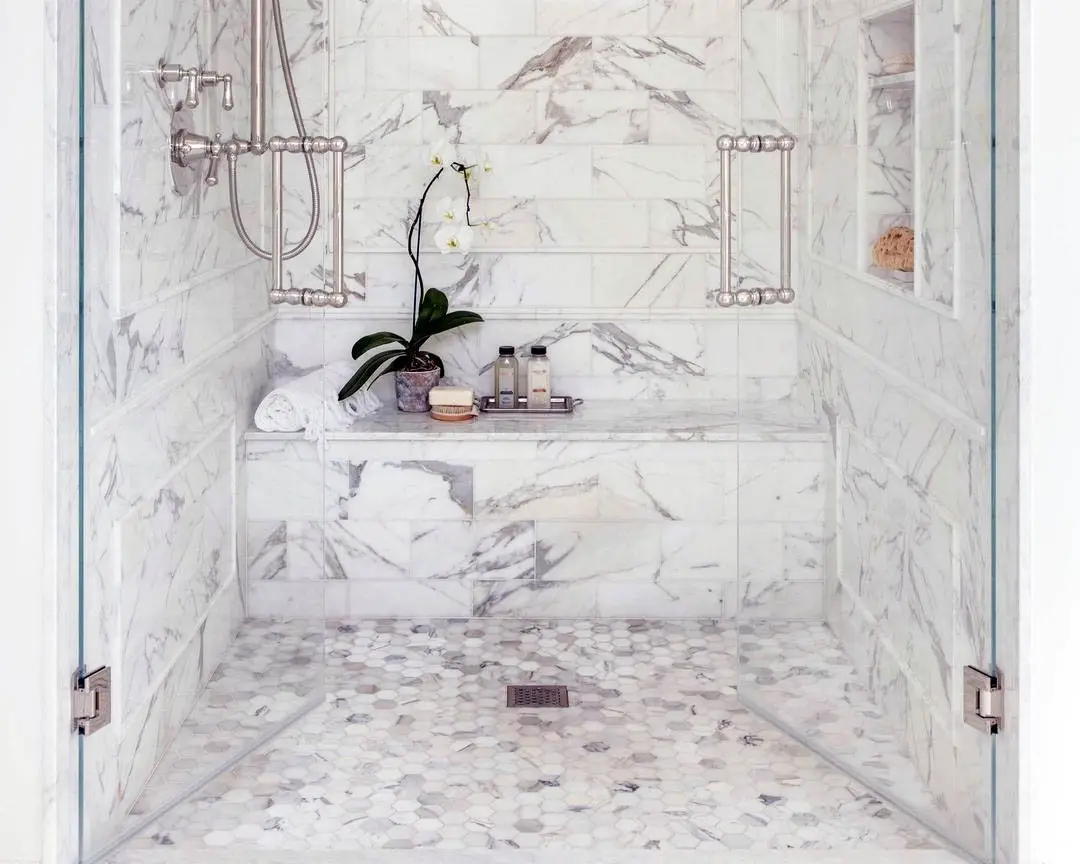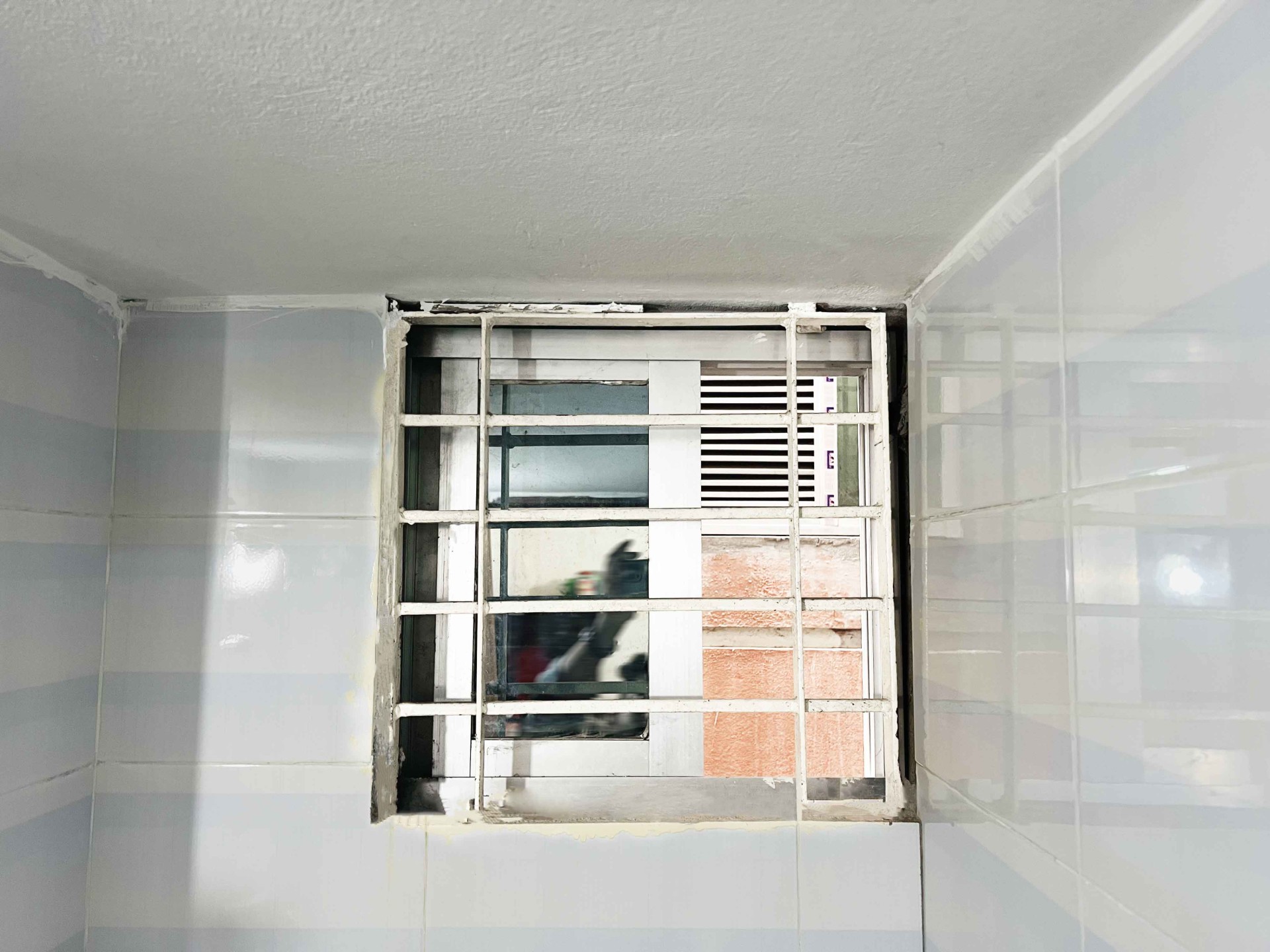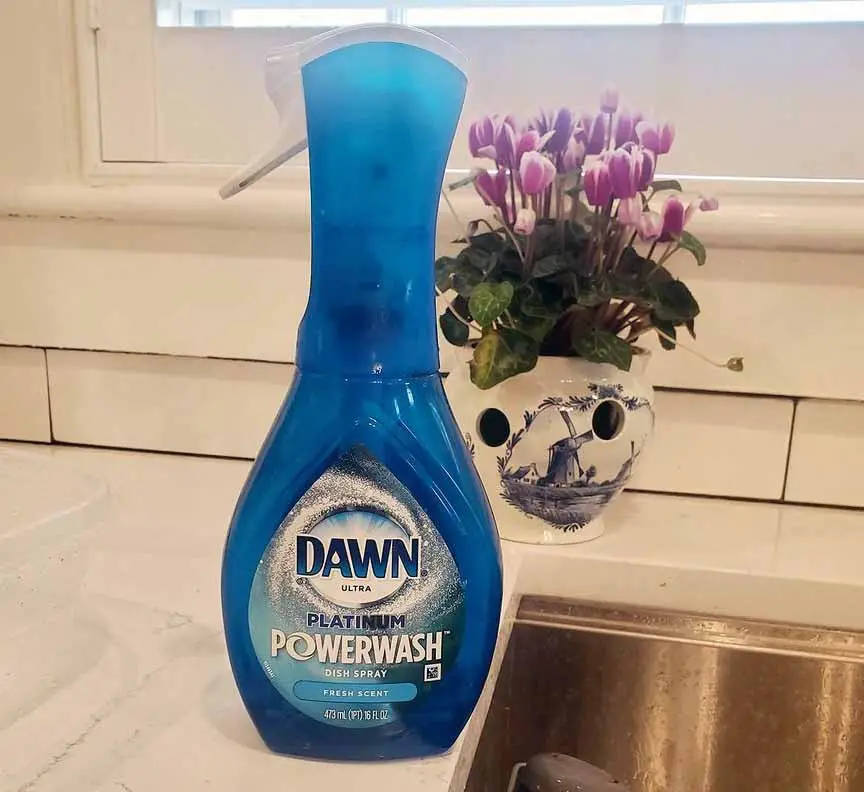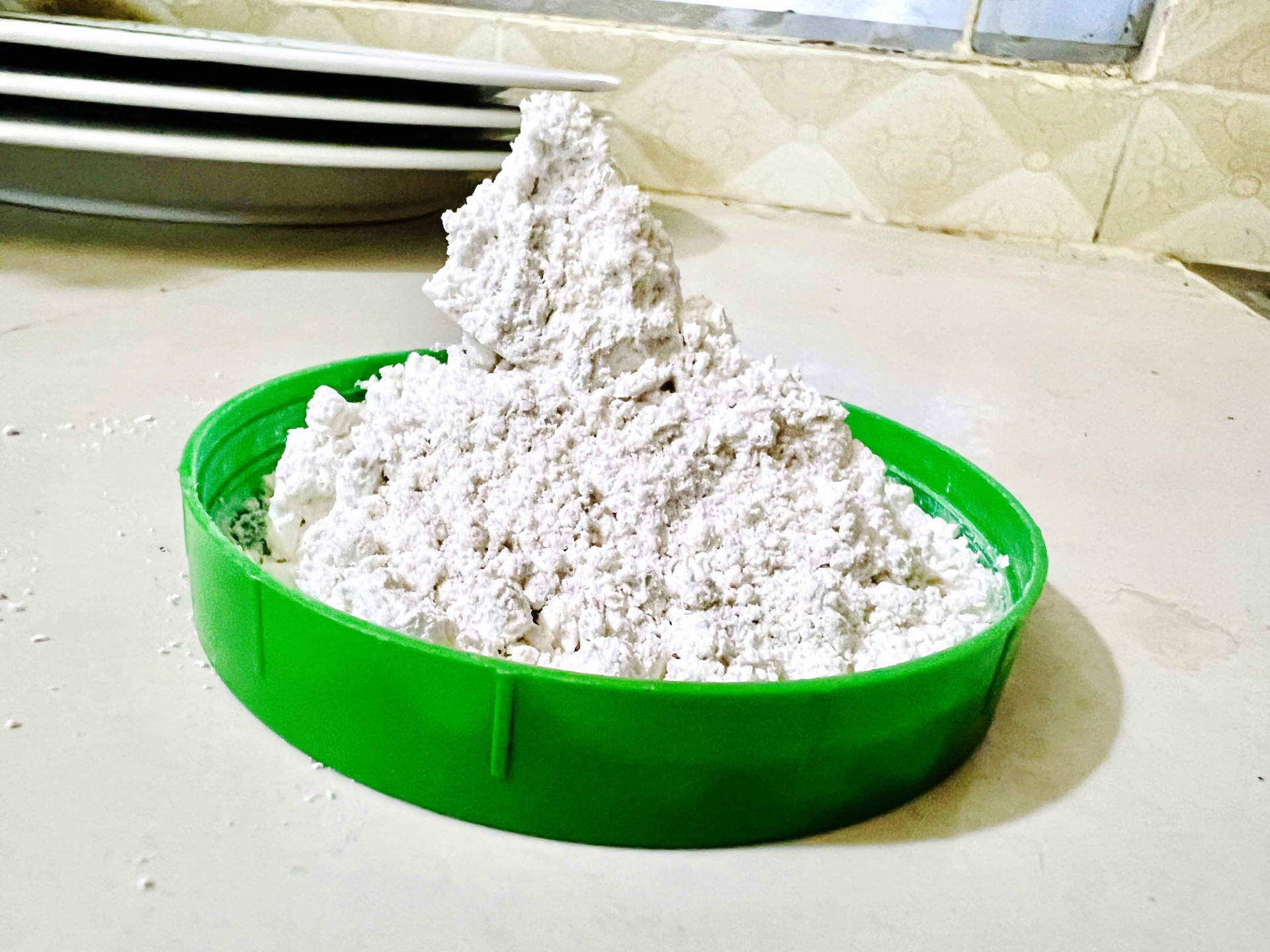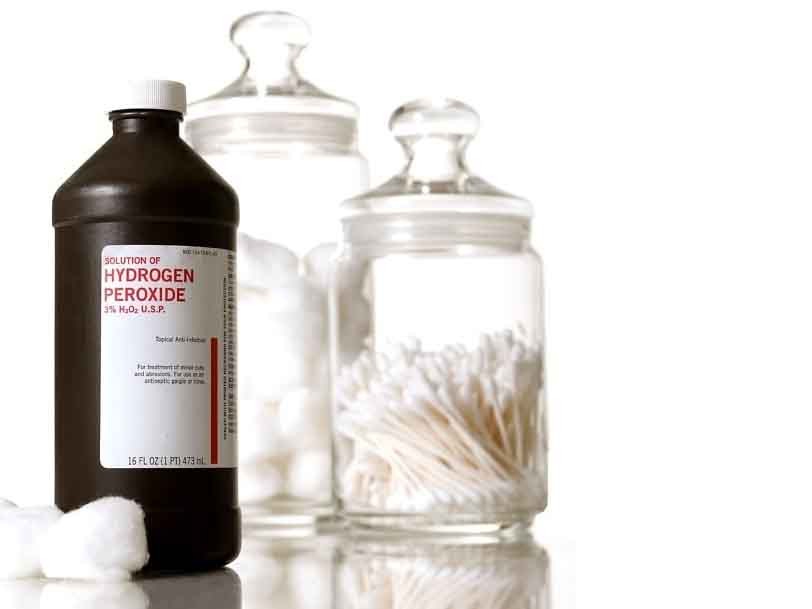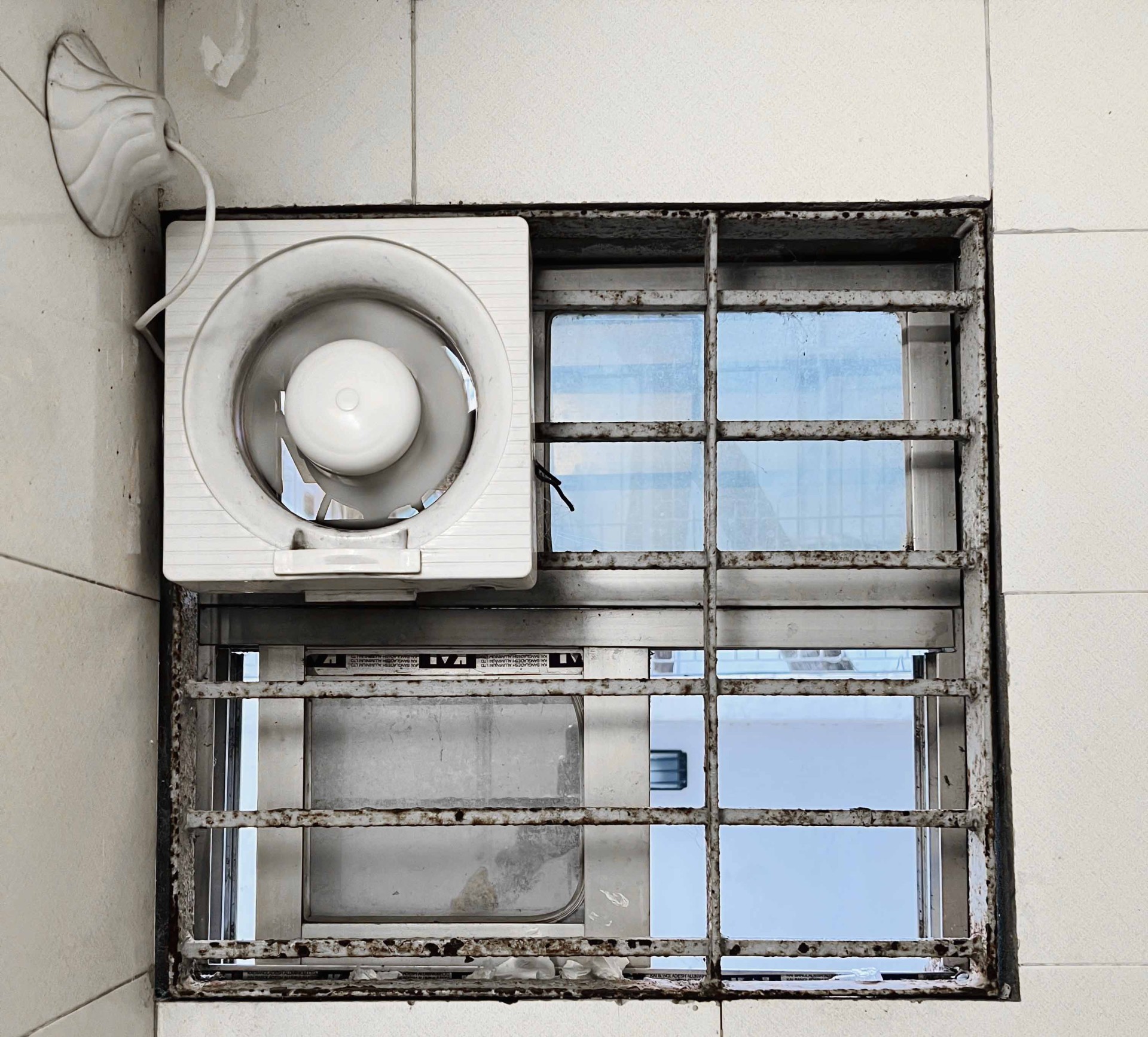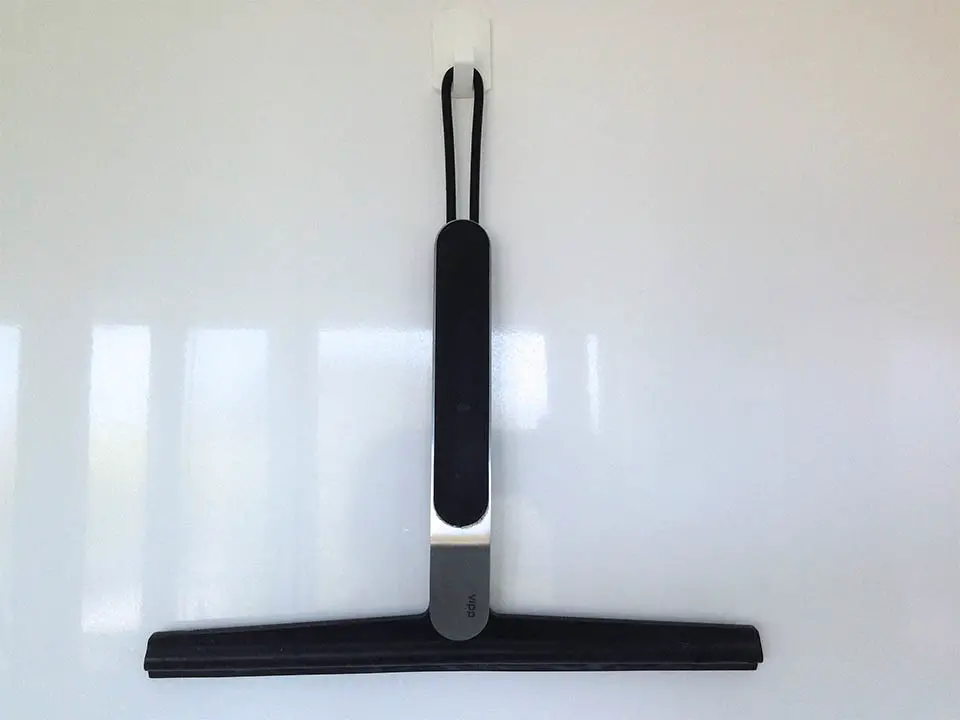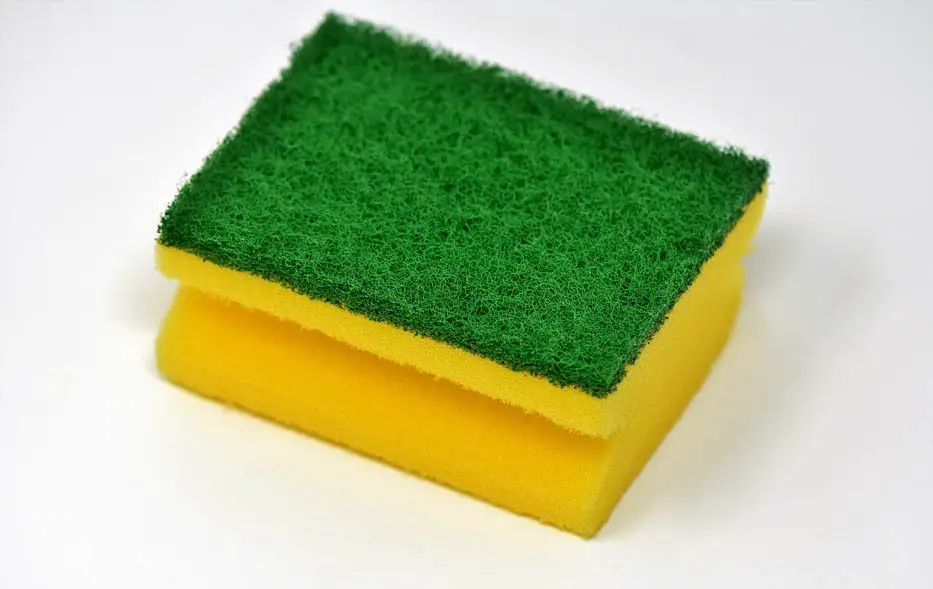I’m sure you’ll agree that nothing exceeds the elegance of a marble shower. Its smooth surface and impeccable finish can make any bathroom look luxurious. However, marble requires a bit of extra care when cleaning. One of the most common issues that plague marble showers is mold. Marble is a porous material, making it more susceptible to mold growth. So, how to clean marble shower mold?
There are some ways to clean mold from a marble shower room. However, the best ones are cleaning using a commercial marble shower cleaner, dish soap, bleach, baking soda or a hydrogen peroxide solution.
I will guide you through all these methods to clean your marble shower mold in this article. I will also share with you how I do these, what precautions I take while cleaning, what cleaners I avoid and how you can prevent future mold formation in your marble shower.
Why Does Mold Grow In Marble Shower?
Mold growth in marble showers, or any showers, can be attributed to a combination of factors. Understanding these factors can help prevent and mitigate the growth of mold in your bathroom.
Moisture
Mold requires moisture to thrive, and showers provide an ideal environment. The frequent use of water in showers creates a damp and humid atmosphere.
This is highly conducive to mold growth. Any lingering moisture in the shower area, such as water droplets, wet surfaces, or poor ventilation, can contribute to mold development.
Warmth
Mold tends to flourish in warm temperatures. A shower’s combination of warmth and moisture creates an environment where mold spores can rapidly multiply. The warm and humid conditions after showering provide an ideal breeding ground for mold.
Organic Matter
Mold requires a source of food to sustain its growth. Organic materials found in dust, dirt, or residues on surfaces provide nourishment to mold.
Dust in bathrooms often contains human skin cells, which become a feeding source for mold. The presence of organic matter allows mold to thrive and spread more quickly.
Poor Ventilation
Inadequate ventilation in bathrooms can exacerbate the problem. Without proper airflow, moisture accumulates, and the humidity level remains high, creating an environment conducive to mold growth. Insufficient ventilation also leads to slower drying of surfaces, providing more time for mold to develop.
Ways to Clean Marble Shower Mold
Marble is a porous material that can trap humidity and create a perfect place to grow mold in your marble shower. There are countless ways to clean a marble shower mold. But I have tested most of them and found the following best:
1. Cleaning Marble Shower Mold Using Commercial Cleaner
Marble showers are beautiful but can also be a breeding ground for mold and mildew if you don’t care for them properly. Just follow these simple steps, and your marble shower will be sparkling clean and mold-free in no time.
-
Clean The Marble Surface
First, I use a soft cloth or sponge and a gentle cleanser or a mild detergent to wipe away dirt or grime from the marble. You should avoid using anything that could scratch the marble, like steel wool or abrasive cleaners. Then I take my soft towels or sponges and thoroughly scrub the entire surface. You don’t want any scratches, so be gentle.
-
Spray The Mold And Mildew Remover
Now, keep an eye out for those sneaky yellow spots that indicate mildew growth. Choose a product that is specially made for marble, and follow the instructions on the label for proper application. Spray it generously on the areas where you see mold or mildew, like yellow spots or black patches.
-
Scrub The Mold And Mildew Away
Give the cleanser some time to work its magic. I wait for at least 10 minutes before I start scrubbing. You can use a soft brush or cloth and make circular motions to lift and remove the mold and mildew from the marble. This scrubbing technique helps remove even the deeply ingrained mold and keeps it from returning later.
-
Rinse And Dry The Marble
Use clean water to rinse off the cleaner and any remaining mold or mildew. Dry the marble thoroughly with a towel or let it air dry.
-
Seal The Marble
This is a critical step to prevent mold and mildew from coming back. Apply a sealant that is suitable for marble and follow the instructions on how to use it.
The sealant will create a protective layer on the marble to keep it from getting stained or damaged by moisture or acidic substances.
2. Cleaning Marble Shower Mold Using Dish Soap
When cleaning mold off marble surfaces, I understand the importance of being cautious due to the stone’s sensitivity. Here’s how I use dish soap to clean my marble shower mold:
-
Prepare A Cleaning Solution
First, I prepare a cleaning solution by filling a bucket with warm water. To this, I add three to four drops of mild dish soap, avoiding any cleaners that contain alcohol or acidic ingredients. I stir the mixture using a long-handled wooden spoon until it becomes soapy.
-
Scrub The Surface
Next, I dip a clean sponge into the soapy mixture. With this sponge, I gently scrub the entire marble surface where the mold is present. You have to make sure to use circular motions and thoroughly cover the affected areas.
-
Rinse With Water
Once I’ve completed the scrubbing, I rinse the marble surface with clean water to remove any residue left by the soap. You can take a separate clean sponge or a damp cloth for this step to ensure that all soap is eliminated from the marble.
-
Dry The Surface
To dry the surface completely, I use a dry towel or cloth. It’s crucial to ensure no areas are left damp, as moisture can contribute to mold regrowth. If I’m dealing with a large marble surface, I find that a handheld squeegee can be helpful in speeding up the drying process.
3. Cleaning Marble Shower Mold Using Bleach And Water
Sometimes, natural-stone shower cleaners may not be enough to eliminate mold stains from your marble shower. I tried using a natural-stone shower cleaner, but it didn’t work on some stubborn molds. In that case, you can try this simple method:
- Mix equal parts of bleach and water in a spray bottle or a bucket.
- Spray or pour the solution over the moldy areas of the marble surface.
- Use a nylon or non-scratch bristle brush to scrub the mold gently.
- Let the solution sit on the marble for at least 15 minutes to kill the mold spores.
- Rinse the marble with clean water and dry it using a soft cloth.
- Apply natural-stone cleaner to the entire shower stall and wipe it with a clean cloth.
4. Cleaning Marble Shower Mold Using Baking Soda
Baking soda is a natural and effective cleaner that can help you remove mold and mildew from your marble shower. Here’s how to use it:
-
Prepare And Apply The Baking Soda Paste
Baking soda is an effective, all-natural solution for tackling mildew in marble showers. You can start by mixing baking soda powder with a small amount of water until it forms a thick, spreadable paste.
Once you’ve created the homemade paste, generously apply it to all the problem areas in your marble shower where mildew growth or discoloration is visible. Cover every square inch of the affected surfaces thoroughly to ensure no spots are missed.
-
Allow The Paste To Work
To prevent mildew and effectively eliminate any lingering bacteria on the marble surfaces, let the baking soda paste sit for approximately 30 minutes. This will provide ample time for the paste to do its job and help soften any stubborn mold stains, making them easier to remove.
-
Rinse Off The Paste With Warm Water
After the designated time has passed, use a damp cloth or sponge to rinse off the baking soda paste thoroughly. Be meticulous in ensuring no traces of the paste are left behind.
For added assurance, rinse the shower surfaces with clean water to eliminate any signs of mildew or discoloration now that the baking soda residue has been completely washed away.
-
Wipe The Surfaces With A Soft Towel
Take a soft microfiber cloth or towel and gently wipe the walls and flooring of your shower. This will help remove any loosened dirt, germs, or debris that may have become dislodged during the cleaning. Always opt for a soft cloth to avoid scratching or damaging delicate marble surfaces.
-
Ensure Thorough Drying
Carefully dry the shower surfaces using a dry cloth or paper towel to complete the cleaning process. Pay special attention to prevent water stains or streaks from forming on the marble. Maintaining a dry environment will keep your shower clean and sparkling for an extended period.
5. Cleaning Marble Shower Mold Using A Hydrogen Peroxide Solution
Sometimes, only dish soap or bleach might not be sufficient to completely remove marble shower molds. Along with dish soap or bleach, I use hydrogen peroxide to ensure complete mold removal. Here is how I do it:
-
Prepare A Hydrogen Peroxide Solution
You can prepare a solution by mixing 1/2 cup of hydrogen peroxide (12%) or chlorine bleach with one gallon of warm water. Do not forget to wear gloves to protect your hands before proceeding.
-
Apply The Hydrogen Peroxide Solution
Using a spray bottle, I fill it up with the hydrogen peroxide solution, ensuring the spray nozzle is set to spray after tightening the bottle’s top. You can spray the solution onto areas where mold forms on the marble surface. Ensure complete coverage of the affected spots.
-
Allow The Solution To Sit
I usually let the solution sit on the mold-infested areas for about five minutes to allow the solution to work its magic. This gives the hydrogen peroxide solution enough time to penetrate and kill the mold.
-
Rinse And Dry
After following these steps, you can use a clean sponge or cloth dampened with water to wipe away the hydrogen peroxide solution. Then, you can thoroughly rinse the shower using your shower head. Finally, dry the marble surface thoroughly to prevent any residual moisture.
Remember, it’s always best to test any cleaning solution on a small, inconspicuous marble area before applying it to the entire surface. This helps me ensure the solution doesn’t cause discoloration or damage.
What Cleaners Should Not Be Used On Marble Showers?
Marble showers are beautiful and elegant, but they also require special care. You can’t use any ordinary cleaner on them, or you’ll end up with dull, etched, or scratched surfaces. Etching is a chemical burn that needs polishing to fix.
To prevent damaging your marble shower, avoid cleaners that are acidic or too alkaline. This includes vinegar, bleach, hydrogen peroxide, ammonia, citrus fruits like orange or lemon, and soap. These cleaners have a low or high pH that can harm the marble. Soap can also leave a film that attracts dirt and makes the marble look dull.
So, you might be thinking about the marble shower mold cleaning processes I have mentioned above. Whether you use bleach, baking soda or hydrogen peroxide, be sure to dilute these with enough water prior to application on your marble shower floor. Do not be tempted to use these chemicals without dilution.
I will always advise you to use a mild, pH-neutral cleaner that is specially formulated for marble. This will keep your shower sparkling and safe.
Ways To Prevent Marble Shower Mold
Mold is a nasty problem that can ruin your beautiful marble shower, harm your health, and make your bathroom look dirty.
I know this because I used to struggle with mold in my own bathroom until I learned how to prevent it from growing in the first place. Here, I will share with you the simple tips and tricks I use to keep my marble shower mold-free:
Install A Quality Exhaust Fan
An exhaust fan is one of the most essential things you need for a mold-free bathroom. An exhaust fan works by sucking out the moist air from your bathroom and venting it outside. This reduces humidity and prevents mold from forming on your ceiling and walls.
I run the exhaust fan for at least 30 minutes after taking a shower or bath because running it during these activities is not enough. Also, I put the fan on a timer to ensure I don’t forget to do this. This is so I don’t have to return to the bathroom later to turn it off.
Open The Windows And Doors
Another way I reduce moisture in my bathroom is by opening the bathroom door, window, and shower door after I shower. This will help the air circulate and dry out the surfaces. Airflow and natural light are both enemies of mold and mildew.
By opening the windows and doors, you also let in fresh air and sunlight, which can improve the quality and mood of your bathroom.
Use A Squeegee
Using a squeegee may seem like a hassle, especially when you are in a hurry. But it can make a big difference in preventing mold in your marble shower. By wiping down my shower walls, door, and floor with a squeegee right after I use it, I can remove a lot of water droplets that would otherwise linger and create mold.
You should also squeegee the glass if you see water dripping from the inside of your bathroom window and dry it with a towel. You may need more insulation if you have persistent condensation on your window.
Run A Dehumidifier Or Air Conditioner
In summer, using a dehumidifier or air conditioner can slow down the mold growth. To prevent mold, you should keep your indoor humidity levels between 30% and 50% throughout the day. You can easily measure this with a cheap device called a hygrometer or humidistat.
Even though humidity levels change throughout the day, I adjust my dehumidifier or air conditioner accordingly to keep them in check.
Dry Off Your Shower Accessories
I don’t leave my sponges, loofahs, and bottles in the shower when I’m not using them. They can trap water underneath them and create a perfect environment for mold and mildew to grow.
Instead, take them out of the shower and let them dry completely before putting them back. You can also store them in a basket or a shelf outside the shower.
Wash Your Curtains, Towels, And Rugs Regularly
Your shower curtain, liner, bathroom rug, towels, and bath mat are also potential breeding grounds for mold. They can absorb moisture and harbor bacteria and fungi.
To prevent this, I wash them frequently—at least once a week—and all at once if possible. A clean bathroom is a healthy bathroom. If my shower curtain liner is not machine-washable, I replace it often.
Fix Any Leaks
Mold in your bathroom is not only caused by the water that comes from your shower or tub. Leaks can also cause it or drips that you may not notice.
I don’t ignore any leak or drip that I see. I fix it as soon as possible or hire a plumber to do it for me. Waiting will only worsen the problem, especially if mold spreads and grows. Mold is much harder to remove than to prevent.
Reseal Your Grout
If my bathroom has a lot of tiles, I reseal the grout once a year to prevent moisture from seeping into tiny cracks. Maintaining the grout is important because cracks allow water to leak in, creating ideal conditions for hidden mold growth.
Precautions To Take While Cleaning A Marble Shower Mold
Marble showers are a luxurious addition to any bathroom. However, maintaining their pristine appearance can be a challenge. The porous nature of marble makes it susceptible to mold growth, especially in humid environments like the bathroom.
While cleaning a marble shower mold, taking precautions is essential to prevent damaging the stone. Here are some tips to help you clean your marble shower safely and effectively.
Review The Manufacturer’s Care Instructions
Before you start cleaning your marble shower, it’s crucial to check the manufacturer’s care instructions. These instructions provide guidance on the type of cleaning agents and equipment to use and those to avoid. Following the manufacturer’s recommendations will help you avoid damaging the marble and nullifying the warranty.
Use PH-Neutral Cleaning Agents
Marble is sensitive to acidic substances, which can etch the surface and cause permanent damage. Avoid using citrus-based soaps, vinegar, or any other acidic cleaning agents.
Instead, use pH-neutral cleaning agents that are specifically formulated for marble surfaces. These cleaners are gentle on the stone and won’t cause any damage.
Avoid Scrub Brushes And Scrapers
While using a scrub brush or scraper to remove mold from your marble shower may be tempting, these tools are unsuitable. Scrub brushes and scrapers can scratch and damage the marble surface, leaving it dull and unattractive. Instead, use a soft cloth or sponge to clean the surface gently.
Don’t Use Rough Sponges
Using a rough sponge on your marble shower can also cause damage. The rough surface of the sponge can scratch the marble, leaving it vulnerable to mold growth. Instead, use a soft sponge or cloth to clean the surface gently.
Follow Sealing Recommendations
Sealing your marble shower tiles is essential to protect the stone from moisture and mold growth. However, it’s crucial to follow the manufacturer’s recommendations regarding sealing. Because over sealing can cause discoloration and damage to the marble surface.
Under-sealing, on the other hand, can leave the stone vulnerable to mold growth. Follow the manufacturer’s recommendations to ensure your marble shower remains in top condition.
FAQs
Now, you know the ways to clean the mold from your marble shower. However, I hope the following questions will aid you regarding the marble shower mold cleaning:
Is Vinegar Safe On Marble Shower?
Never use acidic cleaners like vinegar, lemon, or citrus-based soaps to clean a marble tile shower. These can harm the marble, which is a naturally soft and porous stone. If you want to use them, make sure to dilute them well with water. To keep your marble shower looking its best, use a mild soap with a neutral pH or a stone soap made for marble.
What Is The Best Soap For Cleaning Marble?
To clean marble safely, use gentle dish soap with a neutral pH and no abrasives or acids. Then, mix a small amount of soap with warm water and spray it on the marble surface. After that, wipe it with a damp cloth and rinse well. Finally, dry the marble with a microfiber cloth or a squeegee to prevent water spots.
Can Black Mold Grow On Marble?
Marble can be a breeding ground for black mold if it meets the right conditions: moisture, air, organic matter, warmth, and darkness. Also, mold can stain the marble and harm your health. To prevent mold growth, keep your marble dry and clean. Use a gentle soap or a marble-safe mold and mildew remover to remove any mold traces.
Conclusion
After reading this article, you already know that cleaning mold in a marble shower requires a gentle touch and the right cleaning agents. Using harsh chemicals or abrasive tools can damage the surface of the marble.
By following the methods, I have outlined above; you can remove mold from your marble shower safely and effectively. But, remember to take preventative measures to avoid mold growth in the future.
Also read – Cleaning Shower Floor With Oven Cleaner

